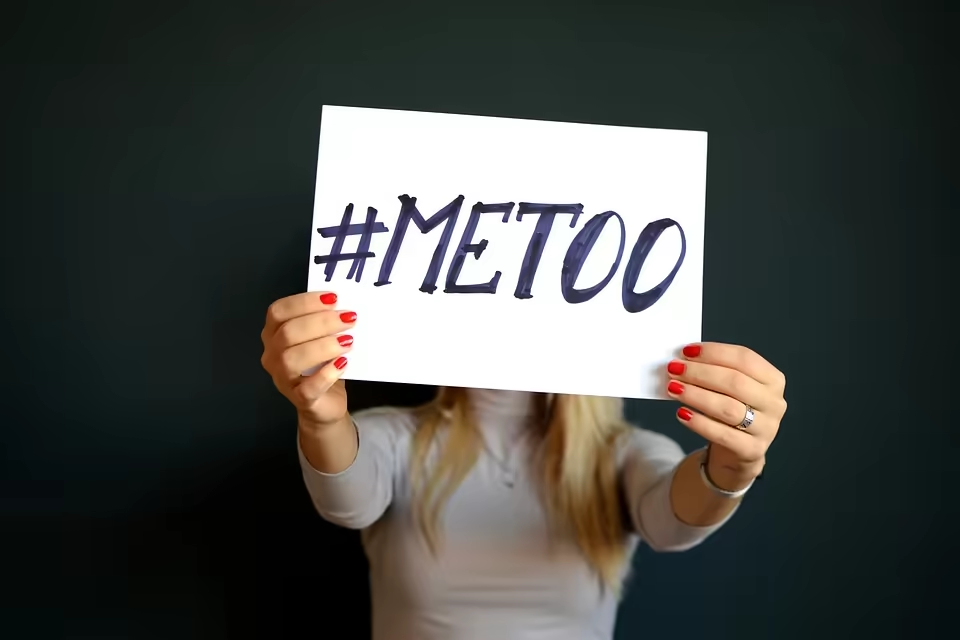Despite companies conducting training and awareness sessions to prevent sexual harassment, such cases still happen. The Equal Employment Opportunity Commission receives around 12,000 complaints annually for sexual harassment in the workplace.
Every state in the U.S. has laws regarding sexual harassment, and companies should make their employees aware of the rules, policies, and penalties of sexual harassment in a legal context. They should also take steps to prevent sexual harassment at their workplace, and if they want, they can contact a sexual harassment attorney to seek legal guidance on the matter.
What Is Sexual Harassment?
Sexual harassment is unwelcomed or inappropriate physical advances or sexual remarks in a workplace or social setting. Generally, two kinds of sexual harassment can occur in workplaces: quid pro quo and a hostile work environment.
- Quid Pro Quo: In this type of harassment, the person of authority in a workplace can offer or imply that unless the other person agrees to exchange sexual favors for work-related affairs, they can face negative consequences. Typically it happens when supervisors who can offer their subordinates better working terms threaten to demote or fire them unless they comply.
- Hostile Work Environment: This type of harassment can occur without contingent employee relationships. A hostile work environment can have many forms, such as offensive jokes, unwanted touch, verbal harassment, intimidating behavior, etc.
Strategies for Prevention
Create a Clear Anti-Harassment Policy
In most states, it is required for corporations to have an anti-harassment policy. The policy is used to create and implement rules to prevent sexual harassment. For example, the policy helps inform employees of how any acts of harassment will not be tolerated in the workplace. The policy should also explain what steps to take if someone has been a victim of sexual harassment at work.
You can get legal advice on constructing an anti-harassment policy for your workplace and ensuring it complies with your state and federal laws. It is crucial to include the definition of what sexual harassment means in the workplace in the policy and the disciplinary actions or penalties that would follow.
Conduct Employee Training
Organizations should conduct sexual harassment prevention training programs for employees at all corporate levels. This training would help you build awareness of this important issue.
Proper and regular training sessions could also promote a more respectful culture in the workplace. You can ensure that all employees attend the training program by making it mandatory.
Monitor Electronic Communication
You could also monitor electronic communications such as emails within the business servers and scan them for any inappropriate or harassing content that is being exchanged among your employees so you can take action against it. Abuse of electronic communication in the workplace could lead to claims of discrimination and harassment.
Cultivate a Secure Workplace Culture
The biggest threat to anyone coming forward with harassment complaints in the workplace is the fear that the offender or the employer would retaliate, which could negatively impact their career.
After you provide your employees with necessary sexual harassment training, building trust with them through communication and actions is crucial if you want to cultivate a safe culture in your workplace.
If someone reports being sexually harassed in the workplace, investigate the complaint and take necessary legal action against the offender. This enforces the anti-harassment policy and assures your employees that they will have the support they need if they face a similar situation.
What Happens If Someone Gets Sexually Harassed?
Being a victim of sexual harassment can be an unnerving and stressful experience. If a person gets sexually harassed, they can either assess the company’s handbook and report sexual harassment as proposed or approach a lawyer directly to get legal guidance. The lawyer would keep their discussion confidential due to attorney-client privileges until they want to file a claim or sue the offender. If the victim wants to proceed with a lawsuit, the sexual harassment attorney can guide them to the best legal route to get justice for their suffering.



